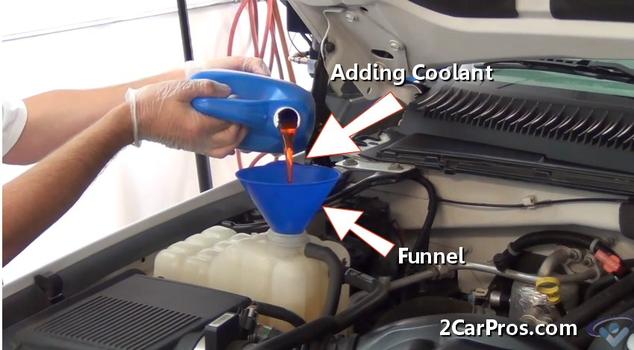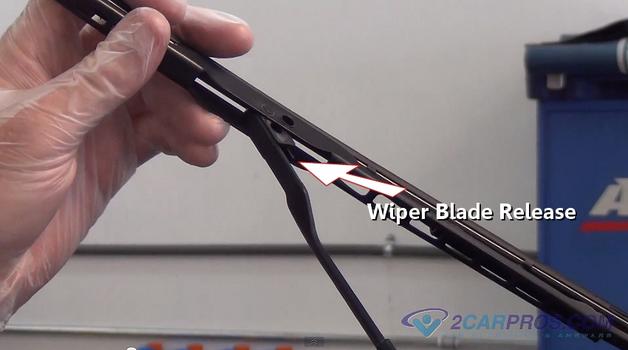12,000 - 15,000 Mile Service Guide
Vehicle Service Information
Helpful Information
Most manufacturer's agree to perform a basic engine oil and oil filter change at their recommended intervals depending on driving conditions and oil type ie: synthetic or conventional, along with basic car safety inspection and service. Obvious malfunctions can be repaired under warranty while generating a report, this sheet or file is stored in a central database used by all dealerships and factory repair outlets.
Easy step by step guide on a car's first service and inspection 12,000 - 15,000 mile, this information pertains to most vehicles.
Difficulty Scale: 3 of 10
Begin with the vehicle on flat ground, engine "OFF" in park with the emergency brake on, use protective eyewear and gloves.
Step 1 - A vehicle inspection is necessary to find any malfunction caused by outside forces such as road debris or defective parts. Start by checking under the hood, inspect the coolant hoses, vacuum lines and serpentine belt for any obvious cracks or breaks. Next, look for fluid leaks and try to pinpoint their source for further repair procedures. Then, inspect under the vehicle to observe suspension components, drive line and universal joints, while checking for excessive wear or torn lubrication boots. Also, inspect for "rust dust" on any frame member, universal joints, sway bars, locating arms, strut rod mounting bolts and any other main frame or suspension components. This rust colored dust is created from metal on metal contact and is an indication that a component has failed.

Inspecting Engine
Step 2 - An engine oil and filter change is mandatory at every service interval. While servicing the engine inspect for oil and coolant leaks, loose or missing bolts or hoses while utilizing factory warranties if problems are found.

Oil and Filter Change
Step 3 - A car operates using a variety of fluids, engine oil, transmission and power steering fluid, brake fluid, front and rear differential fluids. All fluids must be maintained at a proper level, while some are easily checked others will require the car to be a lifted.

Adding Engine Coolant
Step 4 - In foul weather its essential to have new wiper blades to ensure proper windshield vision. Check blades for cracking or tears in the wiper rubber, replacingwiper blades is relatively simple.

Replacing Wiper Blades
Step 5 - An air cleaner is used to remove dirt from the engine's air intake and provides protection for internal engine parts such as the cylinder walls. A plugged air filter will hurt performance and economy, inspecting and replacing the air filter is a simple process in most cases and typically only involves opening the hood and locating the air filter housing that is usually near the air intake.

Removing Engine Air Filter
Step 6 - A tire rotation is needed to ensure proper tread wear patterns which protects the vehicle in foul weather. This practice also increases the lifespan of the tire which saves in replacement costs.

Tire Rotation Patterns
Step 7 - Once the tires have been removed, check the brake lining thickness and condition. Inspecting brake pads and shoes can ensure a proper operation when stopping.

Remove Brake Pads

Inspecting Engine

Oil and Filter Change

Adding Engine Coolant

Replacing Wiper Blades

Removing Engine Air Filter

Tire Rotation Patterns

Remove Brake Pads
No comments:
Post a Comment